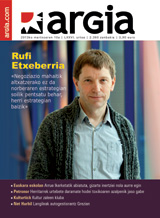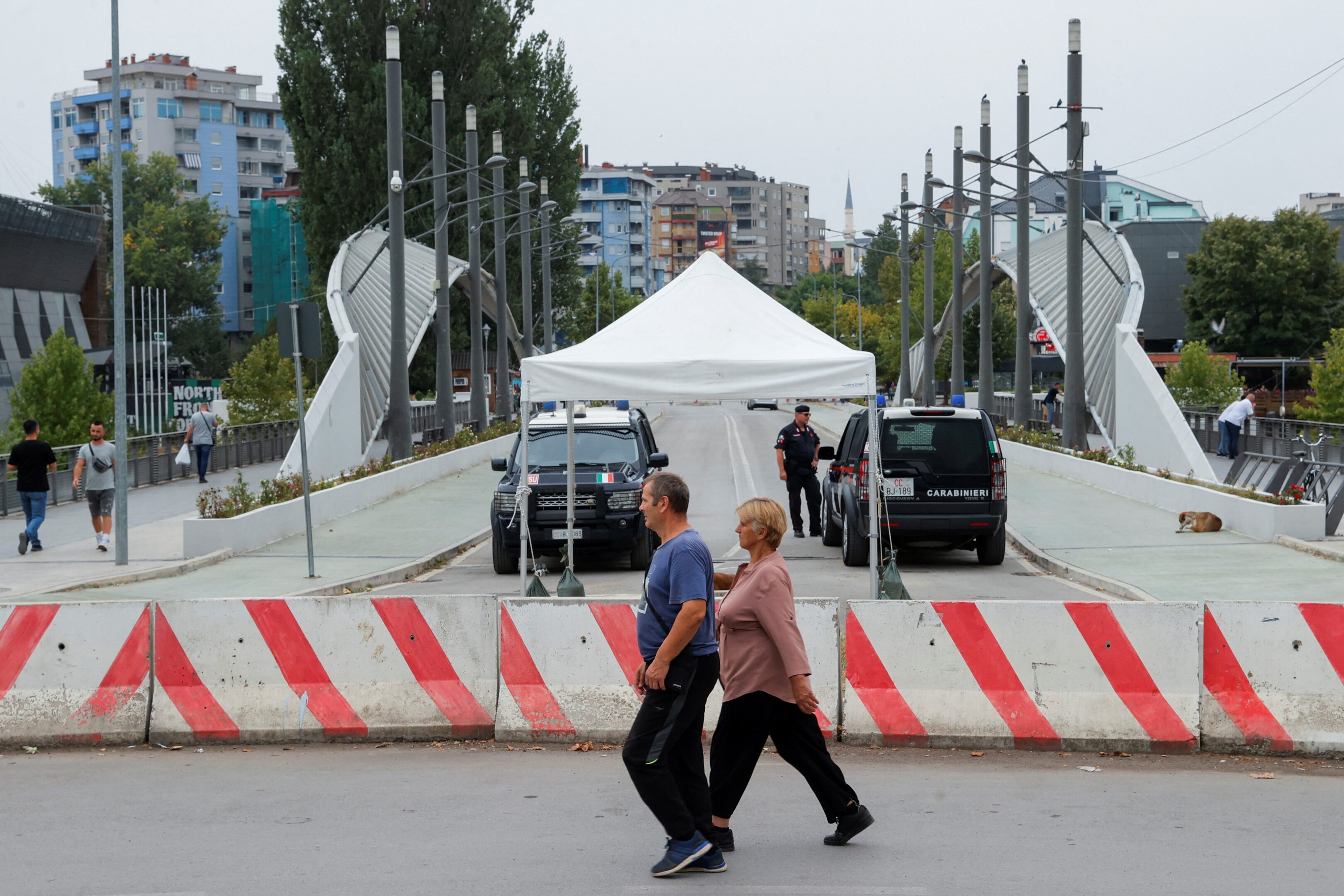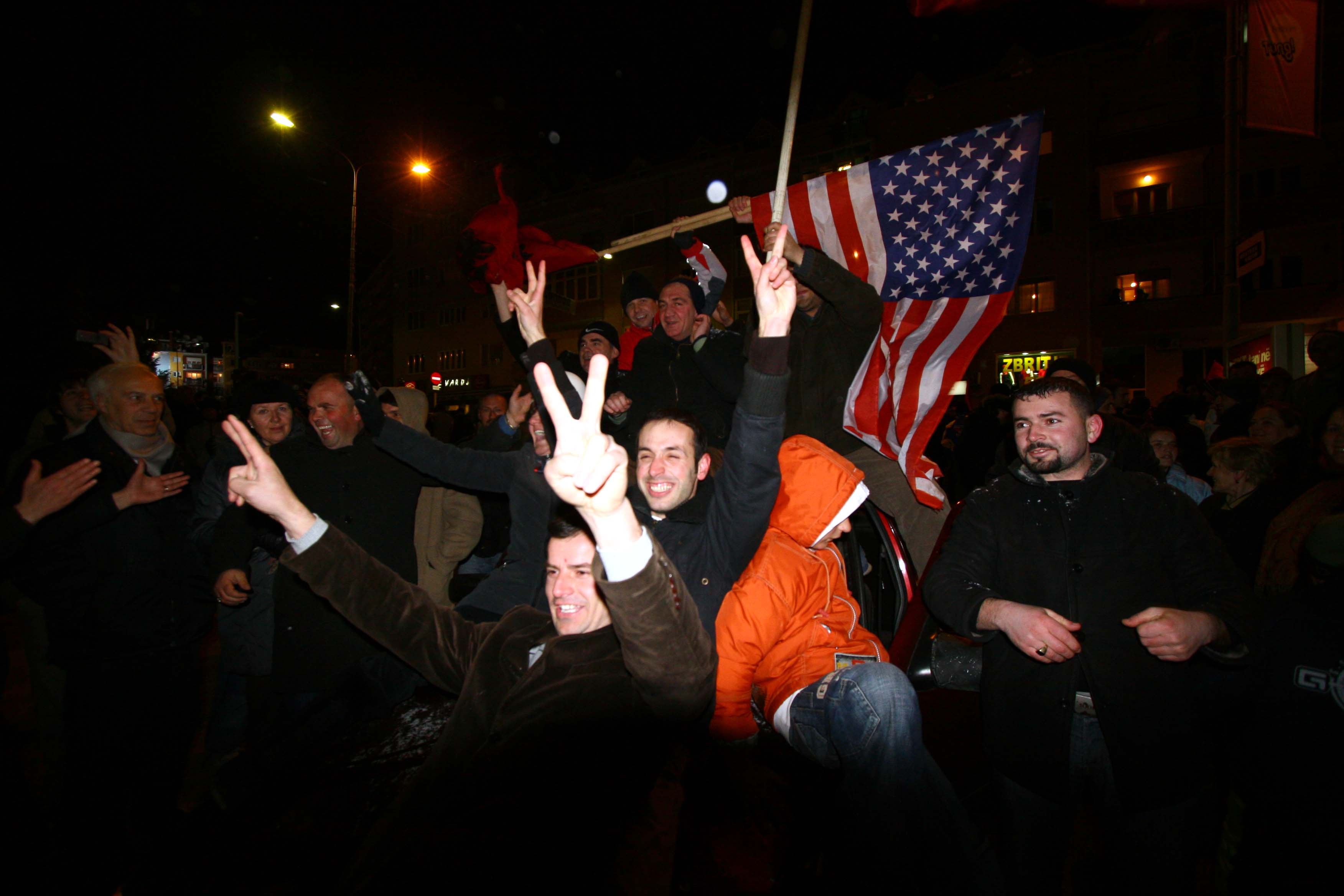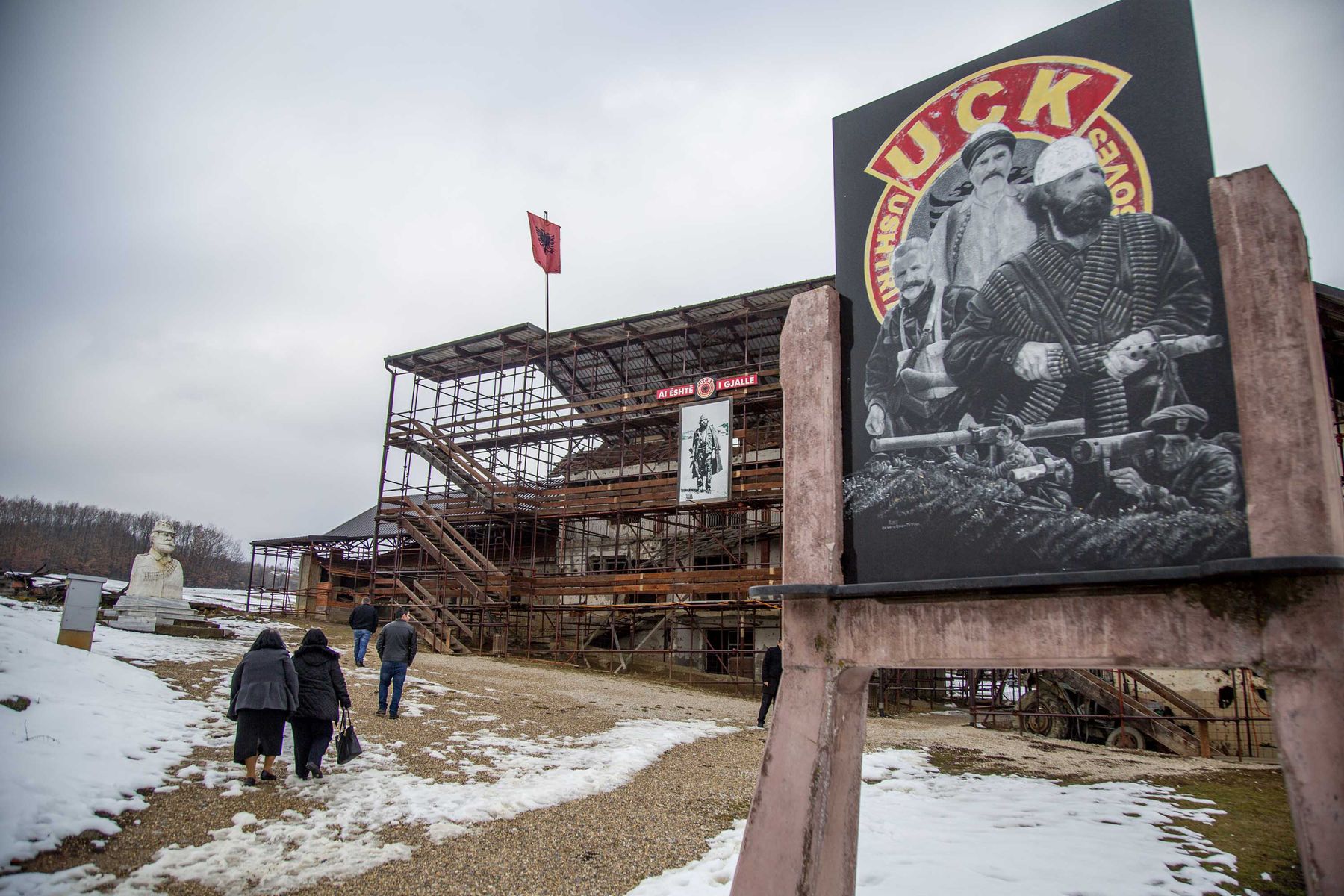Kosovo, almost perfect ethnic cleansing
On 17 February, the fifth anniversary of the proclamation of the secession of Kosovo was celebrated. In practice, however, secession occurred in 1999 when the NATO armed forces decided to occupy the territory and establish a neo-colony there. Since then, an almost perfect ethnic cleansing has been carried out in this new state in the eyes of the NATO armed forces.
Kosovo was populated by different nationalities and ethnic minorities throughout history. Until the end of the 19th century, most Serbs were Serbs, but in previous centuries they experienced a demographic decline in favour of the Albanians. The latter achieved a better socio-political situation by cooperating with the Ottoman occupants. The Serbs, on the other hand, faced the occupants in different wars, forcing some individuals to take refuge from time to time in the territories controlled by Christians. Subsequently, as the national liberation struggle of the Serbs advanced in the nineteenth century, many Kosovo Serbs withdrew to the lands liberated from the north.
In the twentieth century, the trend remained and the Albanians became the majority in Kosovo. II. During the World War, the Albanians serving the fascists killed between 10,000 and 30,000 Serbs and forced 100,000-250,000 to flee from Kosovo. In the 1961 census, Albanians (including culturally assimilated gypsies) represented 67 per cent and Serbiar-Montenegrin 27.5 per cent (Slavs in general, 30 per cent). This trend would intensify in the coming years. In fact, hundreds of thousands of immigrants would arrive in Kosovo from Albania for economic or political reasons, the Ministry has reported. Meanwhile, among the Serbs, thousands of people migrated to richer territories (Serbia, Switzerland and Germany), often persecuted by the Albanians. Accordingly, the 1995 photograph was as follows: the Albanians 90 per cent (including the culturally assimilated gypsies) and the Serbiar-Montenegrin 6.7 per cent.
In the face of this demographic situation, independence was the most appropriate instrument to manage the national, social and historical reality of the region. The State of Kosovo should be of all its inhabitants, respect and promote the culture and language of all nations and ethnic groups. But the reality has not been that way. The Serbian State has done its best to avoid this scenario and the majority of Albanian nationalists have never believed in such a Kosovo, but its real purpose has been to albanize the region to justify its unity with Albania. Aware of the problem they had in order to achieve this, they have adapted their strategy and have focused their fight towards the construction of the Albanian state of Kosovo.
Since the end of the 1999 war, some 300,000 people from different minorities in Kosovo have fled and the remaining few are still fleeing today. Most attempts to return refugees to their homes have failed because they have been attacked and killed, among other attacks, as a result of a bomb. The harvest is that refugees who fled Kosovo are the largest number of the Balkan wars, for example, more than twice as many as those in Bosnia-Herzegovina. (Source: UNHCR). Most of the remaining Serbs are now entrenched in the city of Mitrovica in the north. They do not reach 3% of the total population and it is not known whether they can last a long time. Ethnic cleansing has been almost perfect, among other things, because crimes against Serbs and other minorities have almost total impunity.
Kosovoko gerratik 25 urte pasatu diren arren, tentsioa nabaria da iparraldean bizi diren bi komunitate nagusien artean: albaniarrak eta serbiarrak. Azken bi urteetan gertatutakoek zauria gehiago irekitzea lortu dute eta egoera gaiztotu da, bereziki Kosovska Mitrovica hirian... [+]
Surely it is the children, unlike nothing else, who can move our hearts the most. But sometimes, when you make a political-communicative use of them, even if it is done with a good end, thought reveals all the misery of the bilateral game. Two very significant cases have been... [+]
Jatorriz kosovotarra den eta Bartzelonan bizi den Gani Jakupi kazetaria da, eta argazkilaria. Baina ilustratzailea ere bada, eta marrazkilaria eta argazkilaria. Eta esperientzia eta jakituria horiek guztiak biltzen ditu liburu honetan. Komikia esan behar nuen, baina... [+]


















